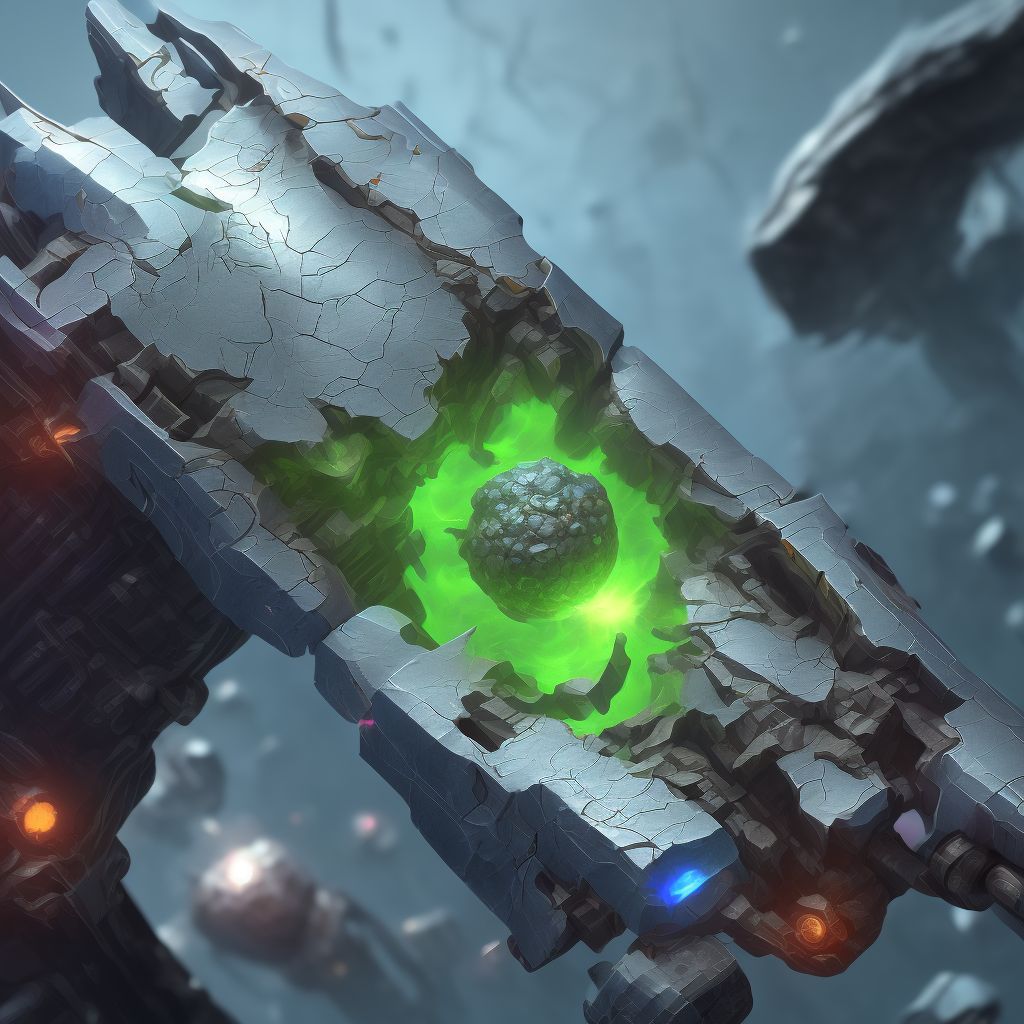
Nondisplaced oblique fracture of shaft of left fibula, initial encounter for open fracture type I or II Save
ICD-10 code: S82.435B
Disease category: S82.435: Nondisplaced oblique fracture of shaft of left fibula
Nondisplaced Oblique Fracture of Shaft of Left Fibula: Types and Initial Encounter
A nondisplaced oblique fracture of the shaft of the left fibula refers to a specific type of fracture that occurs in the lower leg bone. This injury is categorized as an open fracture type I or II, indicating that the skin over the fracture site is intact or has a superficial open wound. It is crucial to seek medical attention for proper diagnosis and treatment.
When it comes to fractures, they can be classified based on various factors, including the location, severity, and displacement of the broken bone. In the case of a nondisplaced oblique fracture of the shaft of the left fibula, the bone is broken at an angle but remains aligned without any significant displacement.
During the initial encounter for this type of fracture, a healthcare professional will carefully examine the affected area to assess the extent of the injury. They may perform imaging tests, such as X-rays, to confirm the diagnosis and determine the appropriate course of action.
It's important to note that the initial encounter for an open fracture type I or II focuses primarily on evaluating the injury and providing immediate care rather than discussing treatment options. Treating this type of fracture typically involves immobilization, pain management, and monitoring for potential complications.
- Immobilization: To promote healing and prevent further damage, the affected limb may be immobilized using a cast, splint, or brace. This helps stabilize the fractured bone and facilitates the recovery process.
- Pain Management: Pain medication, such as over-the-counter or prescription analgesics, may be prescribed to alleviate discomfort during the healing period.
- Monitoring: After the initial encounter, it is crucial to closely monitor the fracture site for any signs of infection, delayed healing, or other complications. Regular follow-up appointments with a healthcare professional will ensure the recovery progresses smoothly.
In conclusion, a nondisplaced oblique fracture of the shaft of the left fibula is a specific type of fracture that requires immediate medical attention. The initial encounter for an open fracture type I or II involves a thorough examination and diagnostic tests to assess the extent of the injury. Prompt treatment is crucial for a successful recovery. Remember to consult a healthcare professional for accurate diagnosis and appropriate treatment options.
Treatment of Nondisplaced oblique fracture of shaft of left fibula, initial encounter for open fracture type I or II:
Treatment Options for Nondisplaced Oblique Fracture of Shaft of Left Fibula: Initial Encounter for Open Fracture Type I or II
A nondisplaced oblique fracture of the shaft of the left fibula can cause significant pain and impairment. It is important to seek immediate medical attention if you suspect such an injury. Once diagnosed, appropriate treatment options can be explored to ens...
To see full information about treatment please Sign up or Log in